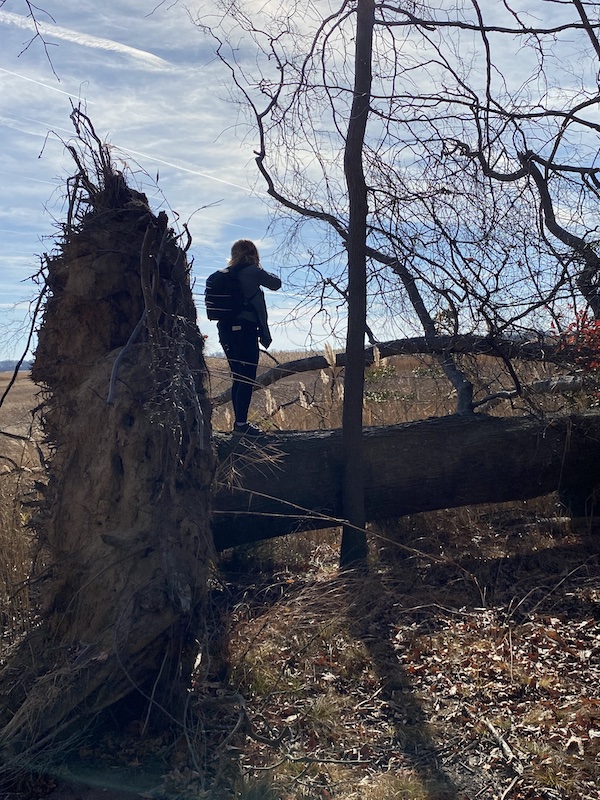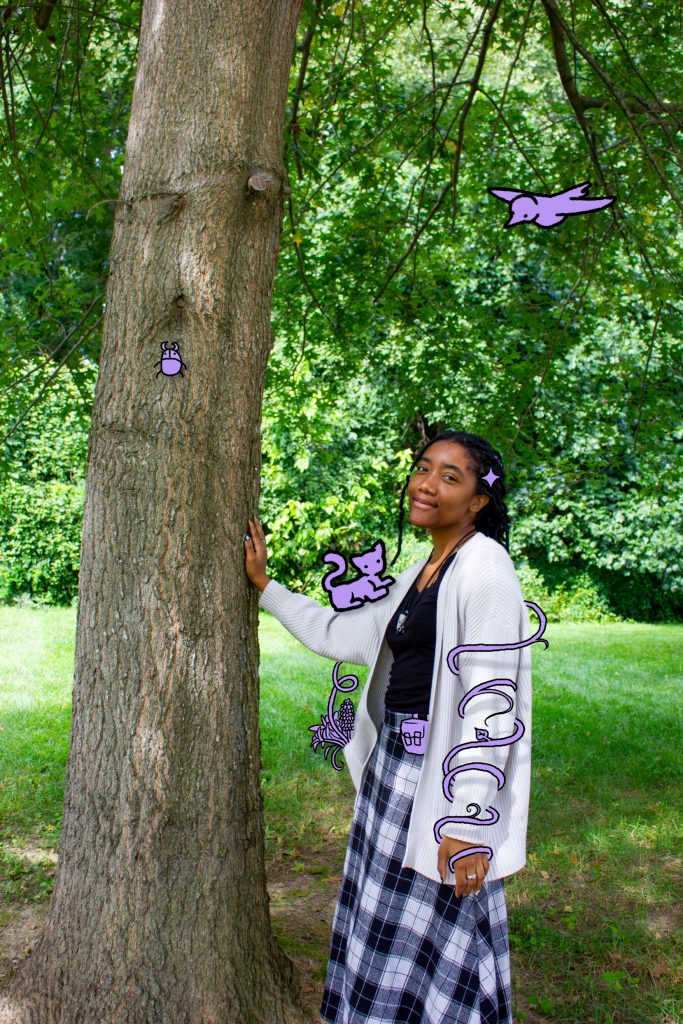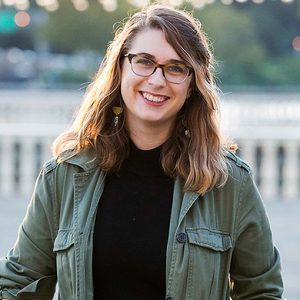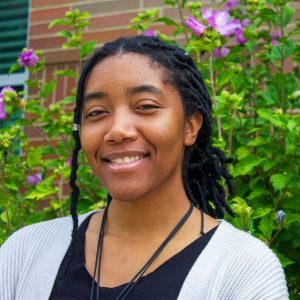Project Methodology
Overview
Free, enslaved, and indentured Black people lived, labored, and died on Dickinson family properties during the 18th and 19th centuries. By compulsion or choice, Black people made their homes and formed community ties on land along the St. Jones River. This website is dedicated to their stories.
The Plantation Stories Project began with five selected historic documents and has expanded to include more. The Plantation Stories Project team will compile additional sources, continue research, and update the website on an ongoing basis.
Research and Interpretation
The Project team is dedicated to a methodical approach, to ensure that all documents are interpreted as accurately as possible. The historical documents that inform this Project show a moment in time, a single instant in a person’s life. There are people whose names appear only once. There are others who are documented many times, listed in various documents throughout their life, as a child and an adult, or as enslaved and then free. People may not be named at all but instead referred to by occupation or assignment, or their names may vary from document to document. Throughout the research process, the Project team has found multiple people with the same name. When a person is mentioned in a document, their name and any other identifying details are cross-referenced with other documentation. When people with the same name are found, the team has worked to determine precisely which person is mentioned. Further research may show that there are even more people with the same name or that two different names are really the same person. The latter is especially possible in the case of nicknames.
Website Navigation and Categories Explanation
Every person named in the historic documents has their own profile page. All information that is known about an individual, to date, is shared on that page.
When sharing information in this way, some aspects have to be simplified. Take gender as an example: Gender was heavily enforced as a binary split between male and female in 18th century colonial society. It was reinforced through gender expression. Gender as a descriptor throughout the profile pages is not meant to disguise or ignore genderqueer, gender-non-conforming, or gender-expansive experiences. The Project’s understanding of Black people’s lives does not come directly from their perspectives, but instead from white colonizer enslavers’ perspectives. Based on the information from documents, an individual’s gender as listed on the website may have been determined by what clothes they were given, what pronouns were used for them, or in which gendered list they appear. Sometimes an individual’s gender cannot be assumed through context clues in the document, particularly in the cases of unnamed children, and is instead listed as unknown.
If you have any information about any of the people whose stories are shared via this website or anyone who is not currently listed, please contact us to share that information.
Terms and Definitions
Browse the glossary to read through a relevant collection of terms and definitions. There, you can learn about manumissions, indentures, and much more.
Plantation Stories Project Research Team
Jeanette Bendolph
Research Assistant
2022 – present
Inclusive History Researcher, HCA
Barbara Carrow
Transcriber and Research Assistant
2021 – present
Historic Site Interpreter, JDP
Daniel Citron
Project Contributor
2021 – present
Historic Sites Team Manager, HCA
Annie Fenimore
Lead Researcher and Project Coordinator
2020 – present
Lead Historic Site Interpreter, JDP
Amy Golden-Shepherd
Project Contributor
2022 – present
Deputy Director, HCA
Gloria Henry
Project Contributor
2020 – present
Site Supervisor, JDP
Vertie Lee
Project Contributor
2020 – present
Curator of Education, HCA
Barrett Moncure
Transcriber and Project Contributor
2021
Historic Site Interpreter, JDP
Nancy Maliwesky
Transcriber
2024
Volunteer, JDP
Sakinaa Rock
Research Assistant
2021
Inclusive History Researcher, HCA
Katherine Shehan
Transcriber and Research Assistant
2023
Historic Site Interpreter, JDP
Charolenne Shehorn
Transcriber and Research Assistant
2021 – present
Historic Site Interpreter, JDP
Meaning of Acronyms:
HCA = Delaware Division of Historical & Cultural Affairs
JDP = John Dickinson Plantation
Artist Statements
Hello! My name is Karen Katz. I am a graphic designer, photographer and social media lead for the Government Information Center.
I was completely touched and honored when asked to help create custom hand drawn silhouettes as well as establish an overall look and feel for the Plantation Stories Project. This was not a task I took lightly. My goal is to help bring light to the lives lost on the Plantation and help to lift them up and make them known.

Taking a closer look at what life may have been like on the Plantation was really important to me and my artistic process. As I toured the Plantation grounds, I took close note of all the details around me. I was able to capture photos of different locations on the premises where individuals may have lived and worked.
Since we do not have photographs of these individuals I needed to figure out a way to honor them, to illustrate the soul of someone who didn’t have a voice. Also to bring the viewer back in time, a time on the plantation that we know existed but may find difficult to imagine or articulate.
Violet, a caretaker for John Dickinson’s children, is the first of 5 custom silhouette’s to be released on the site. I wanted to show her interacting with the space, in a room she may have spent many of her years in. She is not with us but she is there in spirit, taking care of her owner’s children. She is highlighted in gold to bring her soul to light but is also surrounded by a dark silhouette of someone whose identity was stripped from them.
The Plantation Stories Project has been one of the most moving projects I have been fortunate to work on and I am excited for Delawarean’s to learn more about all of the individuals who lived and worked on the John Dickinson Plantation.
My name is Jordyn Willis and I’m an artist. I work in multiple mediums, mostly digital, but I’m an Exhibit Art Specialist with the Division of Historical and Cultural Affairs.

The Plantation Stories Project aims to tell the stories of people who were unheard and this goal requires more than just a handful of people. It needs researchers, transcribers, historians, interpreters, web editors, and artists like me. Receiving this opportunity to me meant that I could work alongside like minded people that want the lost stories to be found and documented. My mission in all of this was to create illustrations that would depict my artistic interpretations of the stories of the people. Since we have no visual depictions of the individuals, the weight that these illustrations have is even greater, and I plan to do their stories justice.
I wanted to focus more on the period, and what art was being made at the time. Although the style has already been chosen for the project, I wanted to find inspiration from the way enslaved people were depicted throughout the years. I wanted to know what frames were made, what were the people wearing, what colors were used. In all the research I found that there are a lot more artistic depictions than I knew of, but many of them failed to tell me who these people were outside of their situation. I made it my mission to depict these people from a more introspective lens.
As I continue to work on these portraits, both large and small scale, I’ll take care of every stroke and make sure there is something for the viewer to interpret in their own way within every detail.

Karen Katz
Graphic Designer | Photographer | Social Media Lead
Government Information Center

Jordyn Willis
Exhibit art Specialist | Web Editor
HCA Curation and Design

